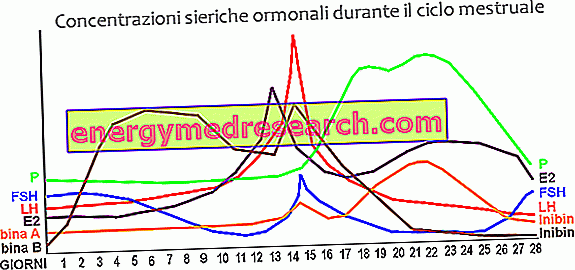By Dr. Stefano Casali
Index Section
Sleep and its disordersInsomniasIpersonnieTransient sleep-wake disordersPersistent sleep-wake disordersThe parasitesSleep and road safetySleep Obstructive Apnea Syndrome (OSAS)Sleep apnea: also a safe driving problemSleep Obstructive Apnea Syndrome: cardiovascular implicationsRestless legs syndromeSupplements for sleepingTheanineHypnotic-sedative drugsHerbal tea against insomnia - Medicinal herbs useful for insomniaSleep and its disorders
When talking about sleep disorders, most of the time the listener immediately thinks of insomnia. We all believe it happened to spend, at least occasionally, a few nights without being able to sleep. And on the basis of this personal experience we often tend to make Sleep disorders coincide with insomnia . This does not correspond at all to the clinical reality. In fact, although epidemiological studies in recent years have clearly indicated that insomnia is the most frequent disorder, they have also shown that hypersomnia, that is the disorder opposite insomnia, is present more frequently than could have been imagined. Studies conducted in sleep laboratories have also shown that, behind sometimes apparently trivial sleep disorders, there are important modifications of fundamental biological functions (Lungaresi E., 2005; G. Coccagna., 2000).

A. disturbances of the beginning and maintenance of sleep or insomnia;
B. disorders of excessive sleepiness or hypersomnia;
C sleep-wake rhythm disturbances;
D Sleep-related disorders, at sleep stages or partial awakenings, collectively called parasomnias.
The classification of the ASDC is the one commonly used by those dealing with sleep disorders (Coccagna G., Smirne S., 1993). Although it may be criticized in some respects and has therefore caused quite a few discussions about the advisability of reviewing certain points, as indeed happens with almost all classifications, it presents a general clarity and simplicity of subdivision of the disturbances. It therefore seems particularly useful for non-experts, while continuing to be an indispensable reference point also for those who actively deal with these pathologies.
Insomnia »



